Before you rush to the nearest classifieds and let the world know that your car is available for the taking, you might want to consider doing a few things first.
Depending on who you ask, a car can either be an asset or a liability. One thing is certain, though: like everything else, cars don’t last forever (at least, not as fresh as the day you first got them brand-new).
After years of diligent use (or deliberate misuse), there will come a time when you’ll have to sell your trusted steed, hopefully to upgrade to a newer and better model. But before you rush to the nearest classifieds and let the world know that your car is available for the taking, you might want to consider doing a few things first.
>>> Is your beloved car on the list of top 10 best resale value car in 2017?
1. Have mechanical and body issues fixed
Those squeaks, rattles and bangs that are otherwise loud enough to wake the neighbors might be bearable to you, chalking it up to the car’s age, but they might bother the next owner. Same thing with that front bumper that’s barely hanging on to dear life, or even the drooping tailpipe that’s a few inches shy of scraping the asphalt.
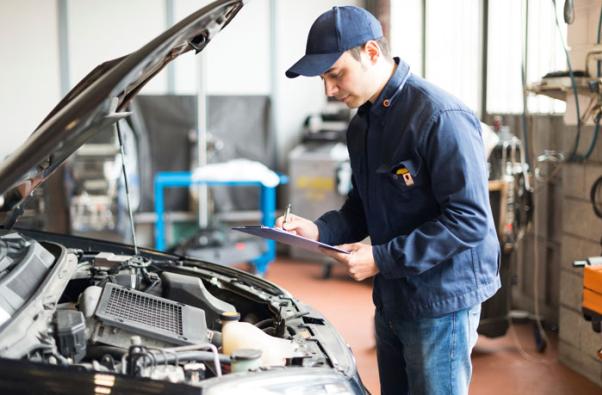
The engine, suspension, brakes and exhaust systems are good places to start checking for mechanical problems
Your car’s condition is a reflection of how you’ve taken care of it while it’s been in your possession and, by extension, of who you are. You wouldn’t want to be seen as sloppy or negligent, because it will ultimately affect your car’s resale value.
The engine, suspension, brakes and exhaust systems are good places to start checking for mechanical problems, since these are usually receive the most punishment in everyday use. They need not necessarily be showroom-fresh by the time you turn over the car to your prospective buyer, but it does help if the next owner feels assured that the car won’t break down for at least few months after it has changed hands.
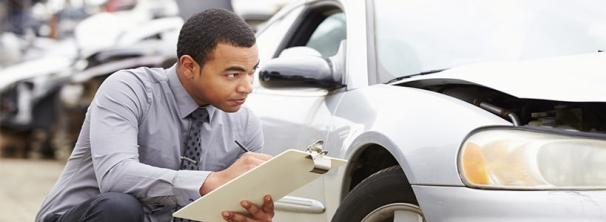
Pay close attention to any visible signs of rust
Driving on the road also means the bodywork will bear occasional scratches and dings, a lot of which come from careless passers-by or other car doors hitting your car at the parking lot. That’s normal, and it’s up to you if you want to have these minor body issues fixed before selling, but that gaping dent on the passenger side door from when you decided to live out your Initial D fantasies definitely needs to be straightened out. Pay close attention to any visible signs of rust, because these might spread to the car’s more inaccessible areas and pose a problem for the next owner. Also mind if there are bulbs e.g. headlights, brake lights, cabin lights that need to be replaced.
>>> Learn more about useful life-saving tips in certain driving situations by reading full our article.
2. Have the vital fluids and filters replaced
If the engine feels more sluggish than usual, when was the last time you had the oil and filter changed? If the gearbox feels like a box of rocks during shifting, maybe it’s time for new transmission fluid. If the brakes aren’t as strong as they used to be, check the brake fluid (and possibly the brake pads, too). If the engine seems to be hot under the collar all of a sudden, your coolant levels need to be looked into.
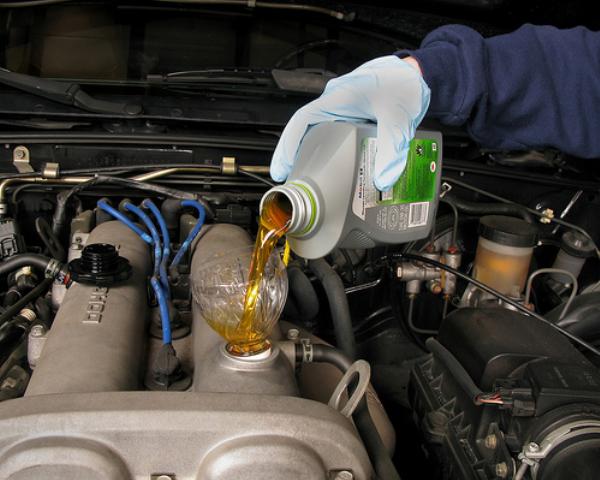
If the gearbox feels like a box of rocks during shifting, maybe it’s time for new transmission fluid
Fluids are consumable items, which means that they will need to be either topped up or replaced to keep the car in good working order, even more so if the car is largely stored in the garage and isn’t even stored that often, especially in the case of engine oil which has a habit of turning into gunk when it isn’t heated up regularly. Checking them will not only make you mindful of your car’s fluid levels, but also bring to your attention any clogs or leaks that you would not otherwise notice had you overlooked this procedure. Actually, these are part and parcel of your own maintenance routine for as long as you own the car, but they become especially important when the car is about to change hands.
>>> View more: 10 tips owners should keep in mind before putting cars into storage
3. Have it washed and cleaned
Cars are exposed to harsh elements with typical use that regularly compromise its looks: dust, dirt, tree saps, bird poop, you get the picture. And travelling within your second home on the road, you tend to do a lot of stuff to your car that doesn’t exactly leave the inside sparkling clean for long, either: things like eating inside, or smoking, or having rowdy kids drawing and putting stickers everywhere on the interior, maybe even a messy little accident or two leaving a particular odor that defies description even after all these years.
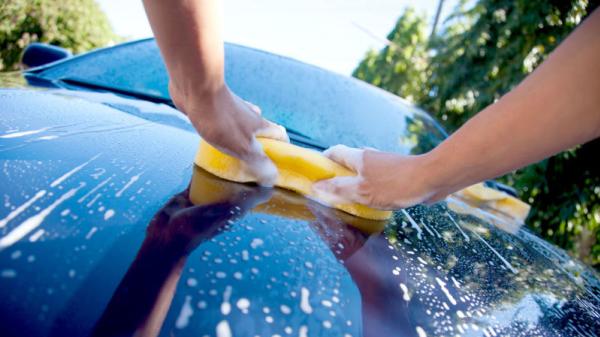
A trip to the car wash to do away with the exterior dirt and grime
>>> Do you know what can do serious harm to your car’s paint? Click here to find out more.
The point is, before the owner takes possession of your car, a little housekeeping wouldn’t hurt. A trip to the car wash to do away with the exterior dirt and grime. A little rubdown and some vacuuming on the inside to make it at least hospitable to other human beings again. A little extra cash for waxing, some paint touch-ups or even detailing isn’t de rigueur, but it will provide extra lengths to make your used car look and smell even more presentable.
One tip: invest in a good set of seat covers from when you first get your car. When I was having my first car detailed some years ago, the cleaners marveled at how the seats still looked-brand new despite the car being half a decade old. “You could still make a small profit by selling the seats individually or as a set,” they told me.
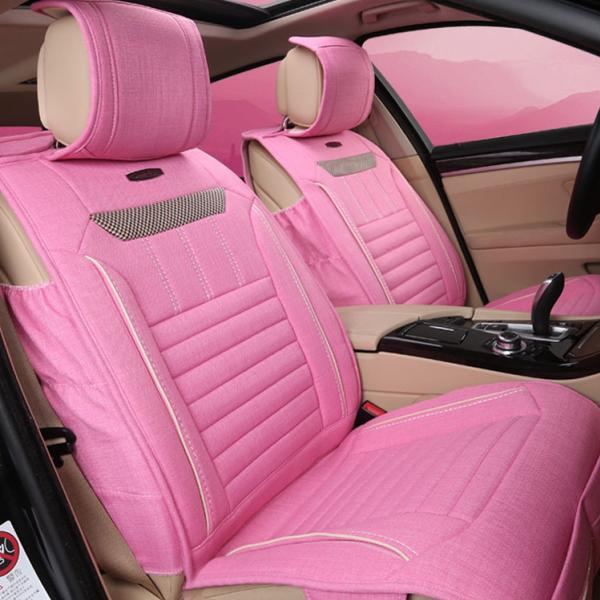
Invest in a good set of seat covers from when you first get your car
>>> Read more: 10 easy steps guide to wash your car at home
4. Settle pending payments and financial obligations
I’m really not a fan of “assume balance” arrangements that some sellers propose, particularly when they haven’t finished paying for the car they’re selling i.e. the car still has one or two years of monthly amortizations to go, and these will be shouldered by the new owner. I feel it’s disadvantageous to the prospective buyer, since he or she will be continuing payments for the car in good faith, without having any idea how the seller used (or abused) it.
Furthermore, it complicates the paperwork for the bank or similar institution that financed the original purchase, and it could pose problems for the previous owner as well. Whenever possible, any outstanding debts or arrears on the car should be settled by the current owner before selling it; it just doesn’t seem right to foist a lingering financial burden on the next owner any more than what is necessary. Besides, you could say that settling arrears is part of having a clean slate for both the buyer and the seller.
Furthermore, it complicates the paperwork for the bank or similar institution that financed the original purchase, and it could pose problems for the previous owner as well. Whenever possible, any outstanding debts or arrears on the car should be settled by the current owner before selling it; it just doesn’t seem right to foist a lingering financial burden on the next owner any more than what is necessary. Besides, you could say that settling arrears is part of having a clean slate for both the buyer and the seller.
5. Update registration details
Cars are usually registered with a certain area depending on where they were initially purchased brand-new. Now, it isn’t necessary for a car registered in, say, Region IV-A to be transferred to NCR, but at least make sure that your car has a clean record where registration with the LTO is concerned. That means making sure that your registration is still valid and not expired, the car is still more or less compliant with emissions regulations, all license plates and stickers are intact (they are government property, after all) and most especially, not having any outstanding traffic violations that you need to pay penalties for.
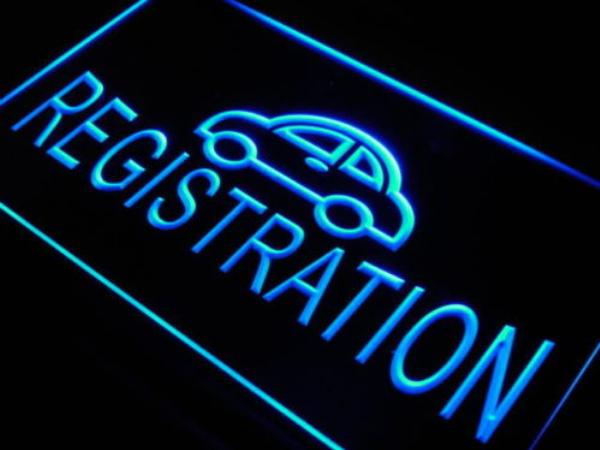
Make sure that your car has a clean record where registration with the LTO is concerned
>>> The LTO is considering the implementation of online car registration and drivers’ license. Read full our article for more info.
That last one will definitely come as a shock to your car’s new owner, having to answer to the law before spending even a minute the wheel. Just as important is making sure that you already have the original copies of the vehicle’s OR/CR prior to making the sale. If you originally paid for the vehicle in cash, then it’s not a problem. If you bought the vehicle through financing, chances are, it’s the bank that keeps the original copies of the documents until you have fully paid for the car. In which case, refer to the previous item.
6. Remove stickers, especially the tasteless ones
You’ve plastered the car with stickers proclaiming everything about you, from the school you went to, your hobbies, even your political affiliations. But chances are, your prospective buyers don’t the same sentiments you do. So even if that bumper sticker loaded with cuss words seems smart and witty directed at that slow-moving driver behind you, take it off and let the next owner create his or her own identity with the car.

Take stickers off and let the next owner create his or her own identity with the car
Minor peeve: that yellow and green chevron sticker on the rear window doesn’t suit you, especially if you’ve been driving for years. That sticker is used in Japan to indicate newbie drivers, so unless you want to be mistaken for a rank amateur behind the wheel and consequently bullied on the road, remove it, pronto.
7. Whenever possible, return it to stock form
Those 22-inch spinning rims and aftermarket air filters might make quite an impression, but hardly do anything to raise the value of an already depreciating car. In fact, they will most likely adversely affect resale value, especially if improperly done. HID headlight conversions, for instance, pose a risk of fire if the wiring setup was not done by competent automotive electricians. Ginormous speakers and subwoofers take up a lot of usable space, drastically reducing a vehicle’s utility. And those oversized spoilers are, well, just plain tacky, especially when coupled with an open muffler and not much else.
>>> View more: Easy ways to make your headlights shine like new
Some owners even change the color of the car itself, which requires a corresponding change in the vehicle’s registration. These modifications are fine if you’ve finally decided on the car as a keeper, but if you’re only going to drive it for a couple of years or so, it’s best to go easy on the customization; nothing ostentatious or flashy that you can’t reverse when the time comes to sell the car. Unless of course, the prospective buyers make it clear that they prefer your custom setup.
>>> View more: Easy ways to make your headlights shine like new
Some owners even change the color of the car itself, which requires a corresponding change in the vehicle’s registration. These modifications are fine if you’ve finally decided on the car as a keeper, but if you’re only going to drive it for a couple of years or so, it’s best to go easy on the customization; nothing ostentatious or flashy that you can’t reverse when the time comes to sell the car. Unless of course, the prospective buyers make it clear that they prefer your custom setup.
8. Update insurance details (and inform your insurer, too)
In a perfect world, we would expect everyone else to read our minds on the road, and accidents would be non-existent. In real life, however, a fender-bender is just an aggressive or inattentive driver away. This is where comprehensive auto insurance comes into play, one that you most likely availed of before your car even rolled off the showroom floor.
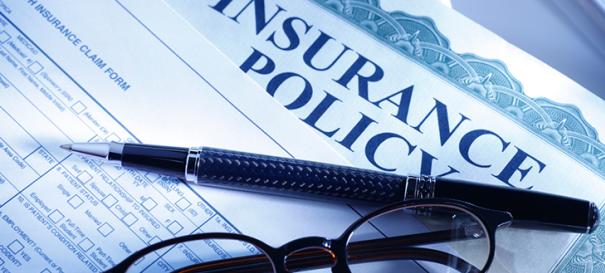
Make sure that your existing policy still has coverage, at least as far as the car’s market value allows
Now that your car is set to change hands, it would be good to make sure that your existing policy still has coverage, at least as far as the car’s market value allows (auto insurance typically provides comprehensive for the first three years of a car’s service life, decreasing from the fourth year onwards as the car depreciates). Also, it would be a good idea to let the insurance company know that the car will be under new ownership once the transaction has been finalized, lest they continue sending the billing to your address.
9. Prepare all maintenance records
The maintenance receipts you’ve accumulated over the years of owning the car, when compiled, represent a baby book of sorts. Whether from authorized or third-party dealerships, involving everything from the tires up, these documents present a picture of what has been checked with the car from the beginning, what has been replaced, and generally how it has been cared for under your watch. This will give the next owner an idea of what to expect next in terms of upkeep in the immediate future.
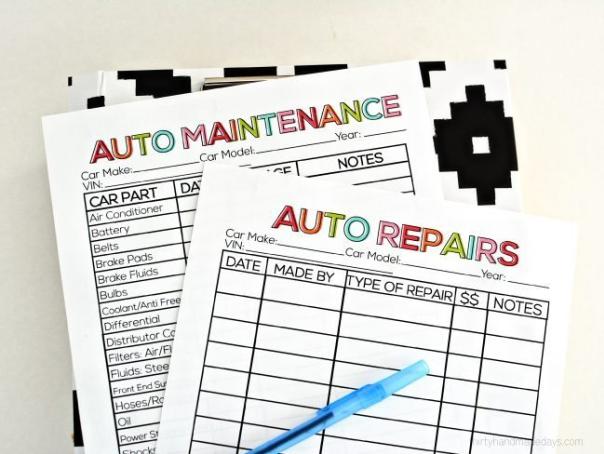
This will give the next owner an idea of what to expect next in terms of upkeep in the immediate future
10. Draw up a deed of sale
Have a deed of sale prepared, to formalize the transaction. This also serves as protection for both buyer and seller, since it serves as proof of the change in ownership in case legal issues arise. Once the sale is finalized, copies of the deed of sale should be notarized and safely filed away for future reference.
Responsible car ownership not only involves diligent care for your car while it is under your custody, but also extends to ensuring a smooth transition for the next owner who stands to benefit from your prized ride. Remember that this is not only for their peace of mind, but also yours.
>>> Have a car for sale and don't know where to start? Click here.
Responsible car ownership not only involves diligent care for your car while it is under your custody, but also extends to ensuring a smooth transition for the next owner who stands to benefit from your prized ride. Remember that this is not only for their peace of mind, but also yours.
>>> Have a car for sale and don't know where to start? Click here.
Recent posts
- Mitsubishi Xpander Cross vs Toyota Veloz Dec 07, 2023
- mitsubishi Xpander Cross review Feb 24, 2023
- 2023 Mitsubishi Xpander Cross debut philippines Jan 26, 2023
- mitsubishi xpander variant comparison guide Feb 17, 2023











